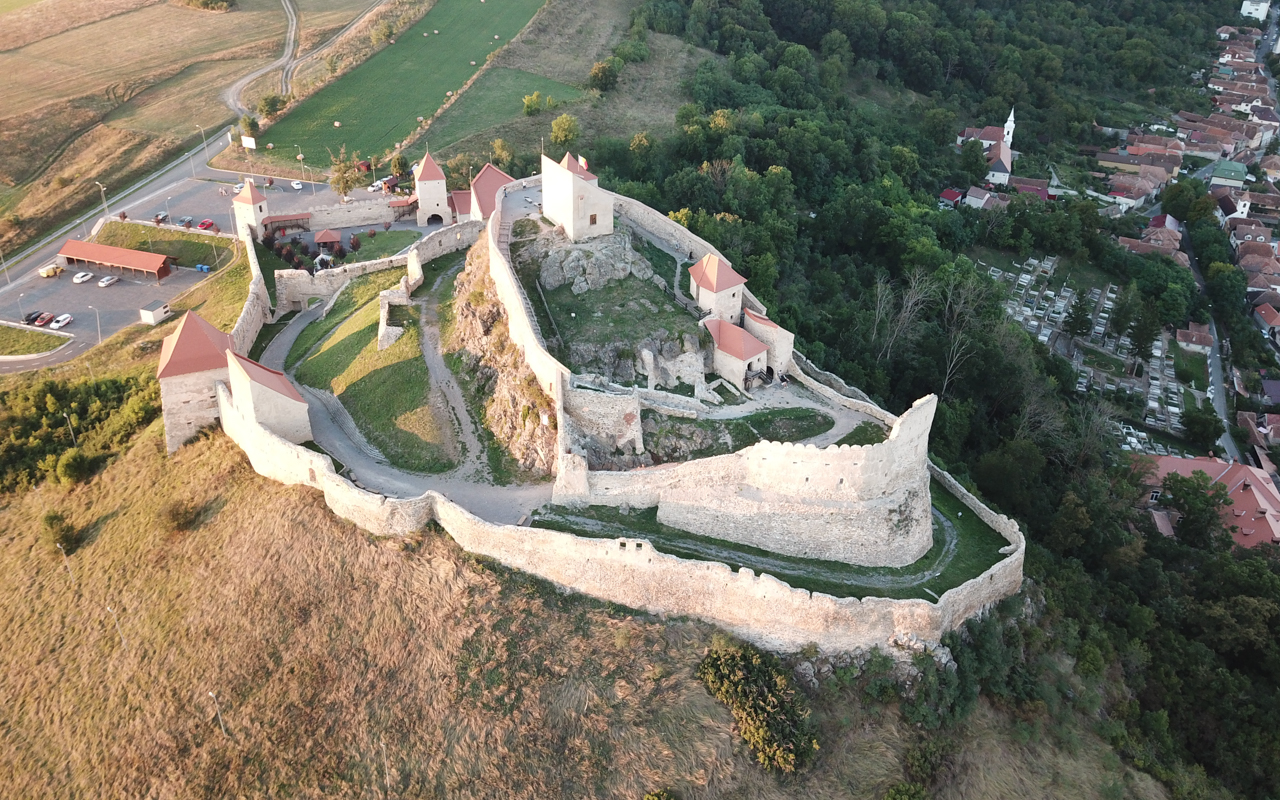
Transylvania is a place of legend and culture where the great citadels of defense became vibrant European cities. From the height of medieval architecture to 19th century Theaters and Universities, these diverse people of Romania offer some of the most rooted cultural experiences out there.
The link between Dracula and Transylvania is a fascinating blend of history, literature, and myth, and it’s one of the main reasons why Transylvania attracts so many curious travelers today. Here’s a breakdown of how the two are connected:
Who was count Dracula ?
The most famous connection between Dracula and Transylvania comes from Bram Stoker’s gothic horror novel, Dracula. In the book:
-
Count Dracula is a vampire who lives in a castle in the Carpathian Mountains of Transylvania, a region in central Romania.
-
Stoker describes Transylvania as a mysterious, remote, and superstitious land, full of dark forests and ancient traditions — perfect for a gothic horror setting.
Although Stoker never visited Transylvania, he did extensive research and used real place names, which added a sense of authenticity to his fiction. His portrayal of the region, however, was heavily romanticized and based on Western European stereotypes of Eastern Europe at the time.
Bram Stoker is believed to have drawn inspiration from a real historical figure: Vlad III, also known as Vlad Țepeș (the Impaler), or Vlad Dracula.
-
“Dracula” was Vlad’s actual surname, meaning “son of the Dragon,” derived from his father’s membership in the Order of the Dragon, a knightly order sworn to defend Christianity.
-
Vlad was a 15th-century Wallachian prince, famous for his brutal methods of punishment — especially impalement.
-
Though he ruled Wallachia, not Transylvania, he had ties to Transylvania through family, military campaigns, and occasional residence.
Stoker borrowed the name “Dracula” and some vague historical notes about Vlad’s cruelty but transformed him into a vampire count, not a historical prince.
Bran Castle: The Mythical Dracula’s Castle
One of the most popular tourist attractions in Romania is Bran Castle, often marketed as “Dracula’s Castle.”
-
The castle fits the description of Dracula’s home in Stoker’s novel: perched high on a cliff, overlooking a valley.
-
Vlad the Impaler may have passed through Bran or stayed there briefly, but there’s no proof he lived in the castle.
-
Still, its dramatic appearance and connection to the myth make it a must-see for Dracula fans and history lovers alike.
At RomaniaTourStore, we offer guided tours that reveal the real stories behind the Dracula legend — from Bran Castle to Sighișoara, and even the hidden spots most travelers miss.
Modern tourism and Mythology
More Than a Vampire Tale: Discover Transylvania’s True Magic
The Dracula legend might bring you to Transylvania, but you’ll stay for so much more:
-
Medieval towns like Brașov, Sibiu, and Sighișoara
-
Fortified churches, mountain landscapes, and deep forests
-
Traditional villages where folklore and legends are still part of daily life
By exploring the Dracula trail with a local guide, you’ll uncover a deeper, more fascinating side of Romanian history and culture — beyond the vampire myths.
The heart of the land
You can fly in directly in the centre of Romania, at Sibiu Airport, as it is connected to London, Dublin, Liverpool, Bruxelles and many others. If you have already booked a journey from Romania Tour Store, right from your landing, your time becomes precious.
Sibiu is certainly a must-visit destination. Being a medieval city with a history of over 900 years, it has kept many testimonies of the past. Like the old defence towers that are named after the guilds in Sibiu, the beautiful squares and medieval buildings full of stories – many of them homes of past personalities. And what to say about the city’s museums and everything related to the cultural life? It was designated the European Capital of Culture in 2007 and one year later, it was ranked “Europe’s 8th-most idyllic place to live” by Forbes. A historic city that breathes the air of modernity. Later on in 2019, it was named the European Region of Gastronomy, hosting a European Union summit that same year.
On the first day of the tour we will also go from Sibiu to the fortified church of Biertan, and after that to the incredible city of Sighisoara, where one of the best preserved medieval Citadel became the heart of the city. We will also be taking some time for the joule that is Viscri village, the small Saxon settlement made famous by Prince Charles.
On the second day opting for a different route is up to you, as from here you are not far from the beautiful city of Brasov next to which the infamous Bran Castle awaits its prey.
The Crown City
On for the second day? In the emblematic centre of Brasov city, on the other side of the market, just a few meters away from the orthodox cathedral, we find The Black Church (Biserica Neagră). Known throughout the country as one of the most important Lutheran churches, and the largest Gothic one in south-east Europe. It was built between 1383 and 1477 as a Romano-Catholic place of prayer. And it received its name after a great fire blackened the exterior walls some 300 hundred years ago.
In its entirety, this church is a vast cultural thesaurus. Inside, you can listen to the sound of a massive 3993 tube organ, playing the same sound as it did almost two centuries ago. By an old tradition, Saxon traders would donate carpets from their travels to the church amounting to a rare collection of XVII and XVIII century Turkish-style carpets.
But, originally, this emblematic Roman Catholic structure was known as the Church of Saint Mary, reminding us of the words of Pope John Paul II who called the country of Romania – The Garden of the Holy Mother.
Unique Locations
Transylvania is more than just Dracula’s domain. It’s a region filled with medieval charm, stunning landscapes, and warm hospitality. Here are the top destinations you should include in your itinerary — and that we at RomaniaTourStore can help you explore in depth.
🏰
Bran Castle – The Legendary “Dracula’s Castle”
-
Location: Near Brașov
-
Why visit: Perched dramatically on a cliff, Bran Castle is Romania’s most famous fortress, thanks to its (loose) connection to Dracula.
-
What to see: Gothic towers, medieval weapons, Queen Marie’s rooms, and scenic views of the Bucegi and Piatra Craiului mountains.
-
Bonus: Combine a visit with Bran Village, where you can sample local cheeses and crafts.
🏙️
Brașov – The Gateway to the Carpathians
-
Why visit: A beautifully preserved medieval city surrounded by mountains.
-
Highlights:
-
Council Square (Piața Sfatului) – colorful baroque architecture
-
Black Church – the largest Gothic church in Romania
-
Tampa Mountain – accessible by cable car for panoramic views
-
-
Great base for trips to Bran Castle, Piatra Craiului National Park, and Râșnov Fortress.
🛡️
Sighișoara – Dracula’s Birthplace
-
Why visit: One of the best-preserved medieval citadels in Europe and a UNESCO World Heritage Site.
-
Highlights:
-
Vlad Dracul House – the supposed birthplace of Vlad the Impaler
-
Clock Tower – with a museum and panoramic views
-
Covered Staircase – a wooden stairway leading to the church and old school on the hill
-
Walking through Sighișoara feels like stepping into a fairytale — or a page of Bram Stoker’s imagination.
🏰
Corvin Castle (Hunedoara Castle) – A True Gothic Masterpiece
-
Location: Hunedoara, western Transylvania
-
Why visit: One of Europe’s most dramatic castles, with drawbridges, towers, and a haunting history.
-
Legend: Vlad the Impaler was allegedly imprisoned here, though evidence is sparse — still, it adds to the mystique.
🌄
Râșnov Fortress – A Hilltop Stronghold
-
Location: Near Brașov
-
Why visit: A medieval fortress built to protect locals from invading forces.
-
Highlights:
-
Restored walls and towers
-
Panoramic views over the surrounding mountains and villages
-
A nearby Dino Park for family travelers
-
🏘️
Sibiu – Cultural Capital of Transylvania
-
Why visit: A vibrant city blending medieval heritage with modern art and festivals.
-
Highlights:
-
Large and Small Squares with Gothic and Baroque buildings
-
Brukenthal Palace – one of Romania’s best art museums
-
Bridge of Lies – full of legends
-
-
Nearby attractions: ASTRA Museum (outdoor ethnographic park), Făgăraș Mountains
🏞️
Piatra Craiului National Park – Hike Among Legends
-
Why visit: Stunning limestone ridge, wild forests, and traditional villages like Măgura and Peștera.
-
Perfect for: Hiking, wildlife spotting, and rural tourism.
-
Bonus: Combine your visit with Bran or Zărnești for a full mountain experience. (We offer customized tours here!)
🏰
Făgăraș Fortress – The Hidden Gem
-
Location: Făgăraș town
-
Why visit: A moated medieval fortress that served as a noble residence and later a prison.
-
Less touristy than other castles, offering a more authentic atmosphere.
🛤️
Transfăgărășan Highway – The Road in the Clouds
-
Why visit: One of the world’s most scenic drives, crossing the Făgăraș Mountains.
-
Highlights:
-
Bâlea Lake
-
Waterfalls and tunnels
-
Summer sheepfolds and panoramic stops
-
-
Best time to visit: July to October (the road is closed in winter)
🌾
Saxon Villages and Fortified Churches
-
Top villages: Viscri, Biertan, Câlnic, and Prejmer
-
Why visit: Step into medieval Transylvania with cobbled streets, pastel-colored houses, and UNESCO-listed fortified churches.
-
Cultural bonus: Prince Charles owns a guesthouse in Viscri, which he helped restore to promote rural heritage.
Explore the Ancient Dacian Kingdom in Romania
Before the Romans and long before Dracula, the land now known as Romania was home to the Dacians — a powerful and mysterious civilization that left behind spectacular stone fortresses, sacred sanctuaries, and legends carved into mountain peaks. For travelers seeking history off the beaten path, visiting the ancient Dacian sites in Romania is a fascinating journey back in time.
At RomaniaTourStore, we offer guided tours that connect you with the roots of this ancient culture. Here are the top Dacian Kingdom sites you can explore:
🛡️ Sarmizegetusa Regia – The Dacian Capital
Location: Orăștie Mountains, Hunedoara County (Transylvania)
UNESCO Status: Part of the Dacian Fortresses of the Orăștie Mountains World Heritage Site
Sarmizegetusa Regia was the political, military, and spiritual center of the Dacian Kingdom. Hidden deep in the Carpathian Mountains, this sacred site features:
- Massive stone fortifications and terraces
- The famous circular sanctuary — a Dacian “Stonehenge” used for rituals and astronomy
- Scenic hiking trails and forest paths leading to the ruins
Our guided tours help you uncover the meaning behind these ancient structures and explore the fascinating clash between Dacian culture and Roman conquest.
🏛️ Sarmizegetusa Ulpia Traiana – The Roman Capital of Dacia
Location: 40 km from Sarmizegetusa Regia, in Hunedoara County
After the Roman conquest of Dacia (106 AD), Emperor Trajan built a new capital — Ulpia Traiana Sarmizegetusa. This archaeological site features:
- Roman forums, temples, and an amphitheater
- Museum with artifacts from Roman Dacia
- Visible traces of Roman urban planning and daily life
This site is often paired with visits to the Dacian fortresses to tell the full story of ancient Dacia’s transformation under Roman rule.
🏰 The Dacian Fortresses of the Orăștie Mountains (UNESCO)
Includes: Six fortified sites built between the 1st century BC and the 1st century AD
Besides Sarmizegetusa Regia, you can explore five more Dacian fortresses, each offering unique features:
- Costești-Cetățuie – A key military fortress with excellent views
- Costești-Blidaru – Known for its double defensive walls
- Piatra Roșie – Perched on a rocky ridge, ideal for hiking
- Bănița Fortress – Less accessible but historically rich
- Căpâlna Fortress – With panoramic views of the Sebeș Valley
Each fortress was strategically placed to defend the Dacian capital and form a mountain defense system against invaders.
🌄 Grădiștea de Munte – Sacred Trails & Legends
Why visit: This area surrounding Sarmizegetusa Regia is filled with ancient trails, ritual stones, and myths. Many local legends speak of hidden tunnels, buried gold, and divine protection — adding a mystical dimension to your visit.
📸 Experience Dacian Culture with RomaniaTourStore
Our Dacian Kingdom tours are perfect for:
- History buffs and archaeology lovers
- Hikers and adventurers looking to combine culture and nature
- Travelers seeking off-the-beaten-path heritage sites
Let our expert local guides take you on an immersive journey through the Dacian fortresses, sacred sanctuaries, and Roman ruins. Learn the real story of Dacia — the powerful civilization that resisted Rome and left an unforgettable legacy in the mountains of Transylvania.
🚙 Book Your Dacian Heritage Tour Today
Experience ancient Romania the authentic way. Choose from day trips, hiking tours, or multi-day adventures with RomaniaTourStore.
History is waiting in the stone walls and forest paths of the Orăștie Mountains.
Conclusion
The reality is that on the roads from one city to another, the country steams with opportunities that buses just pass by. Not out of ignorance, but because there is simply too much around to enjoy. So whenever you have some time to give us a thought, please don’t hesitate to look us up at Romania Tour Store.
See our tours in Transylvania




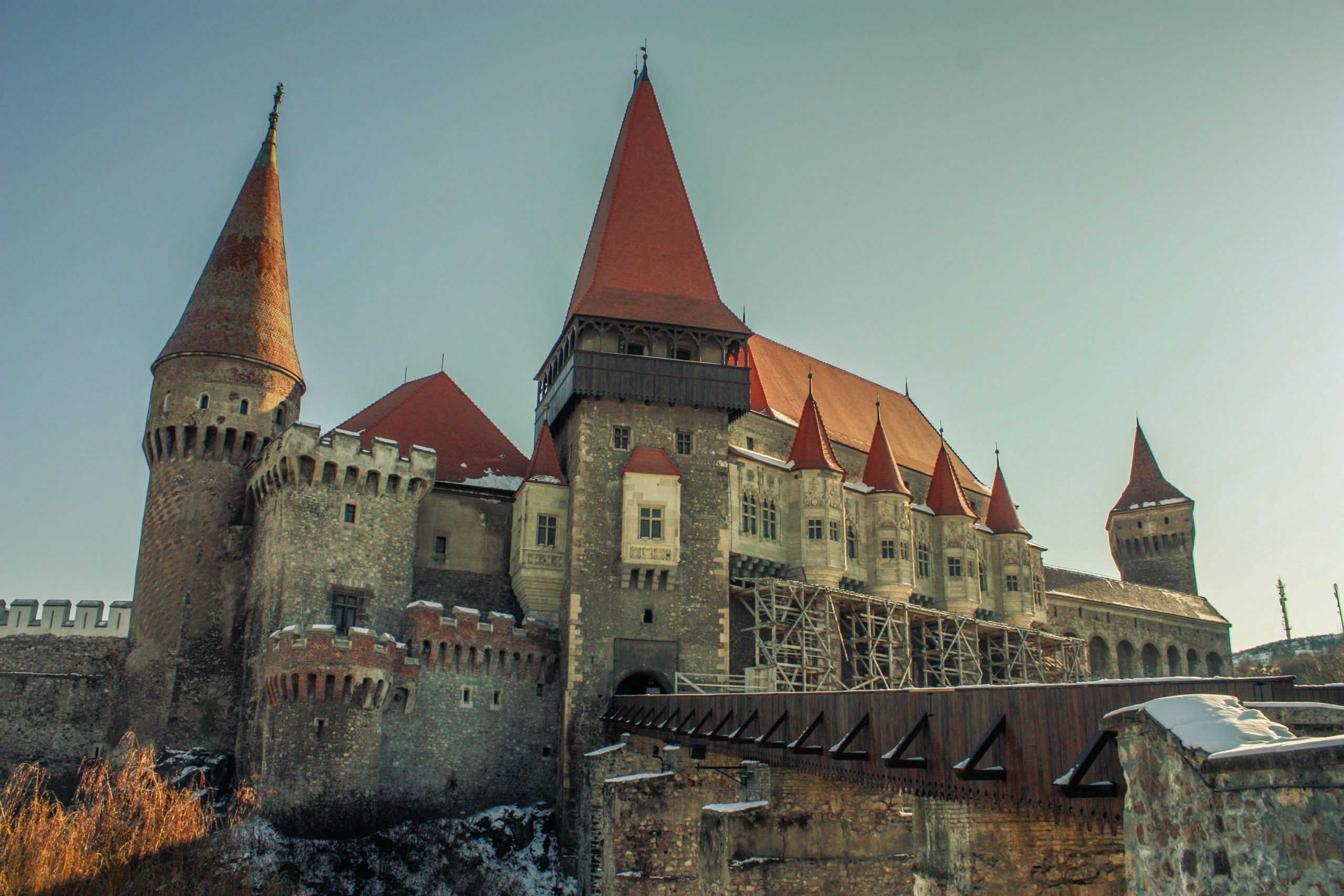
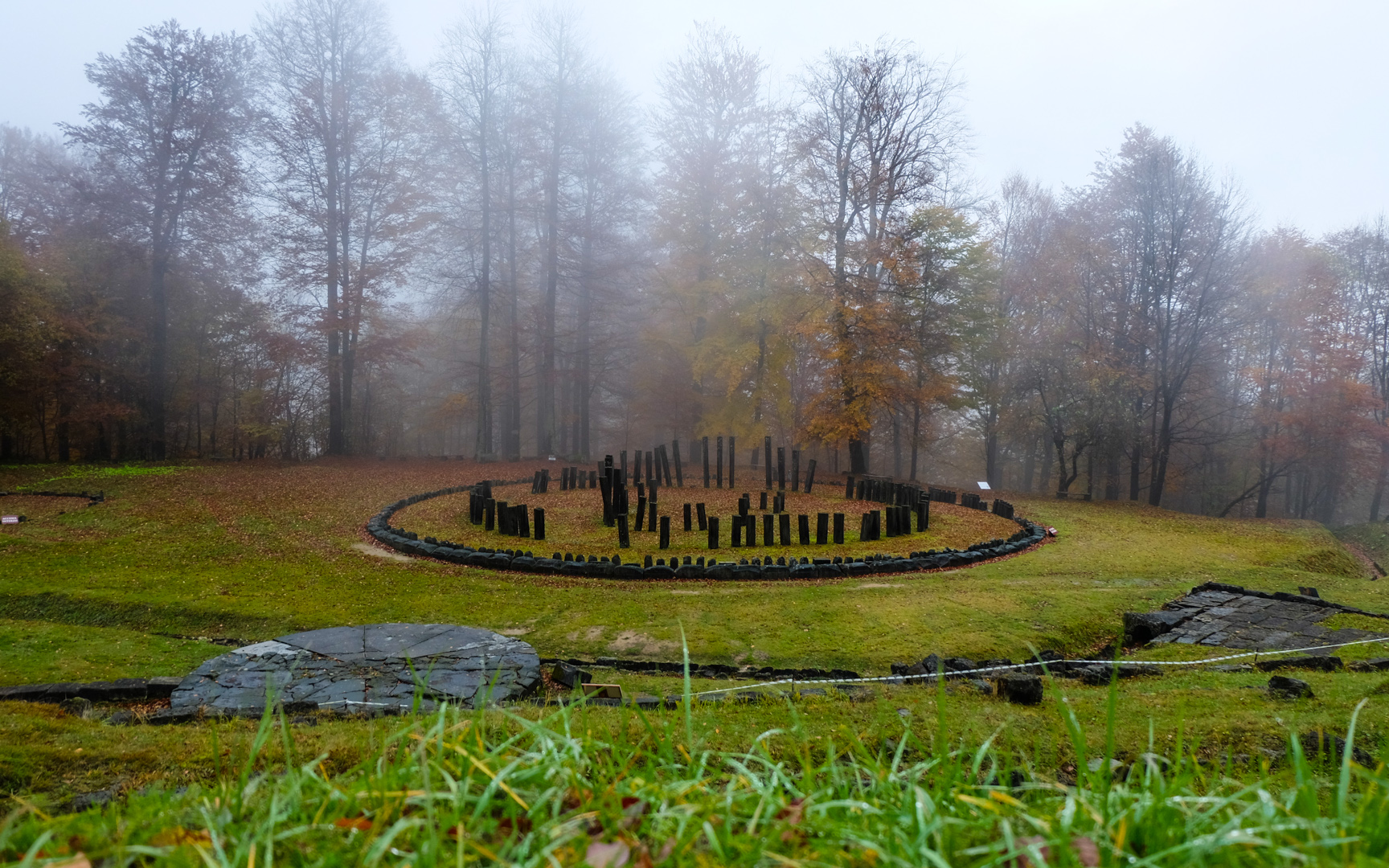
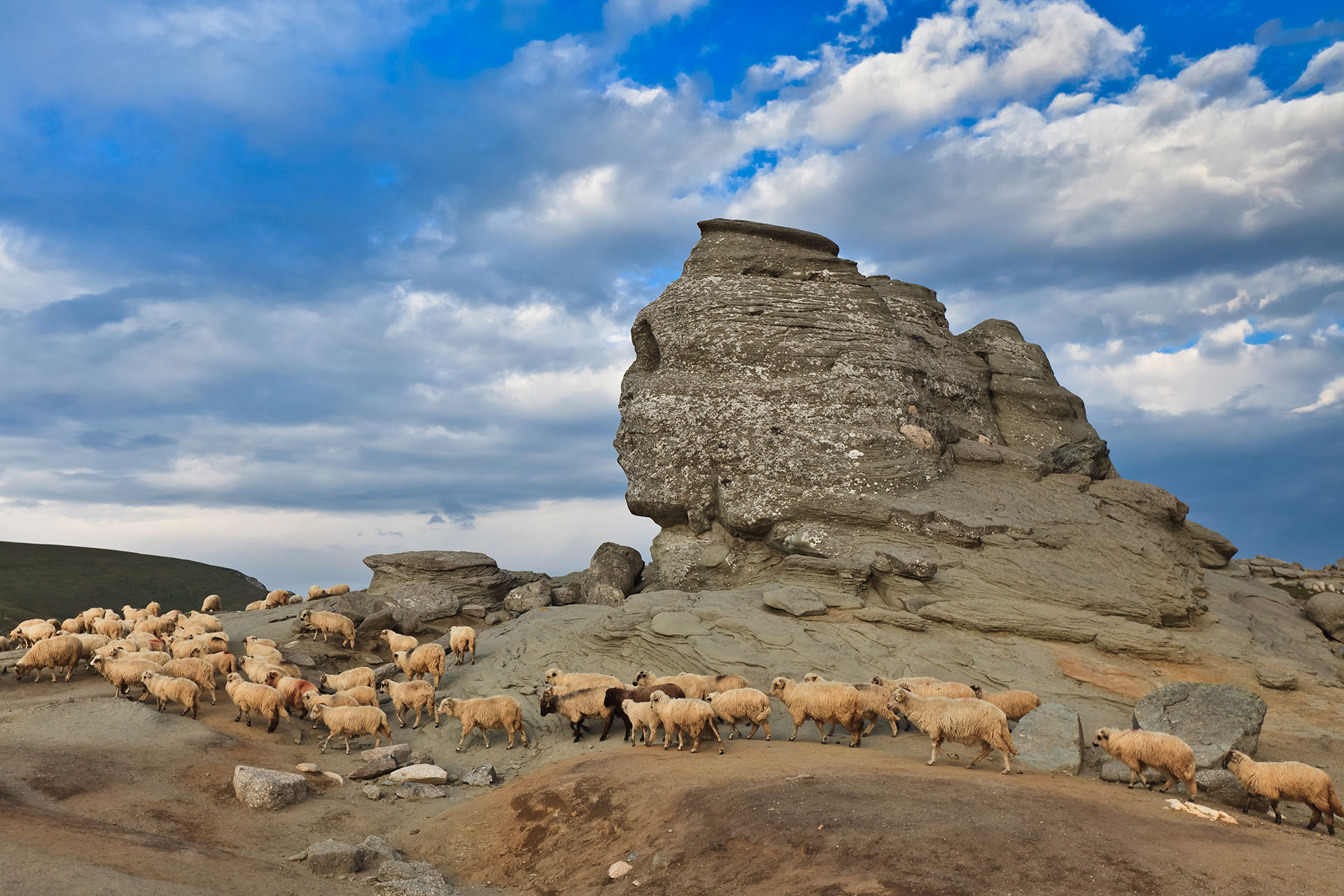
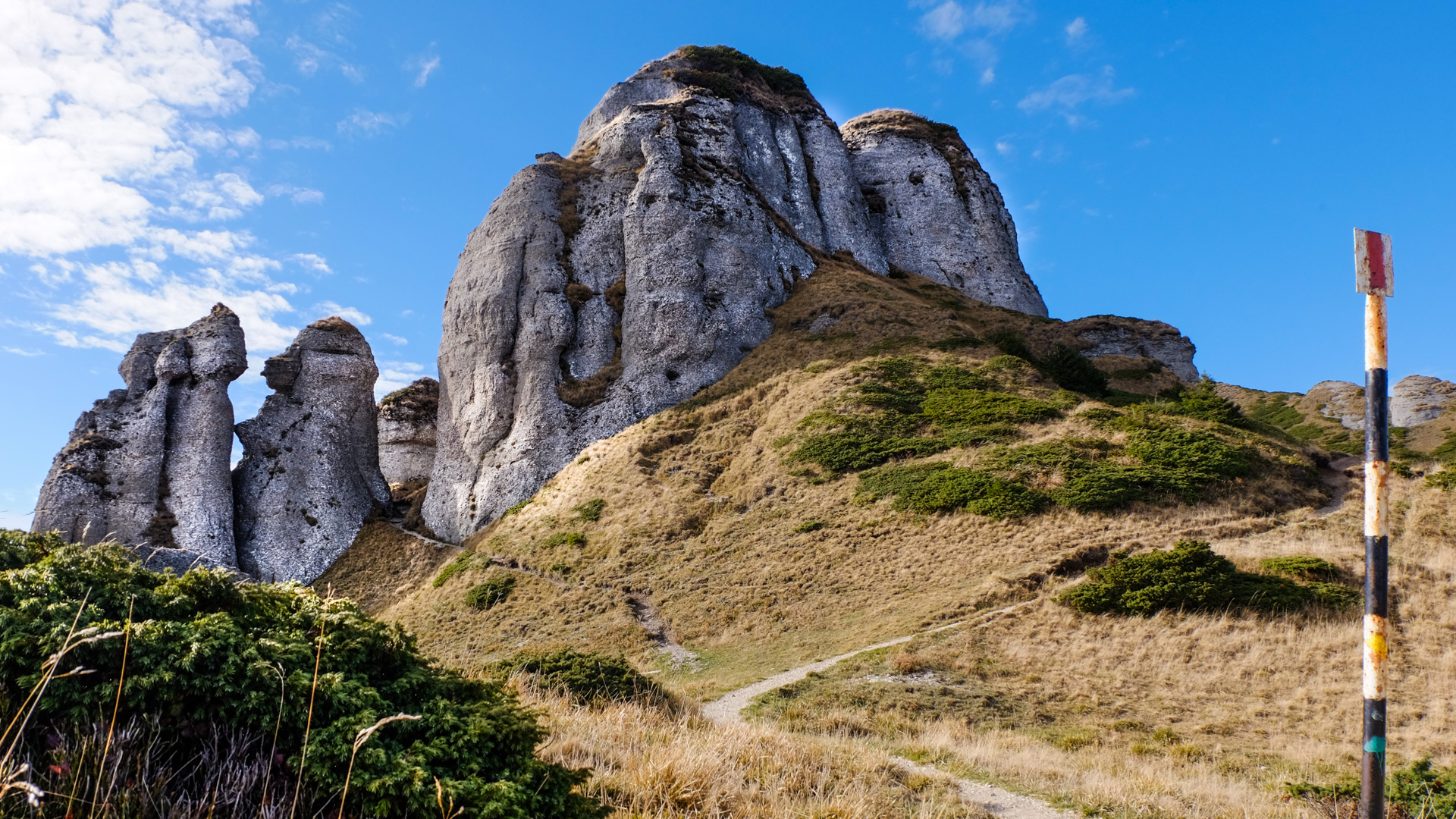
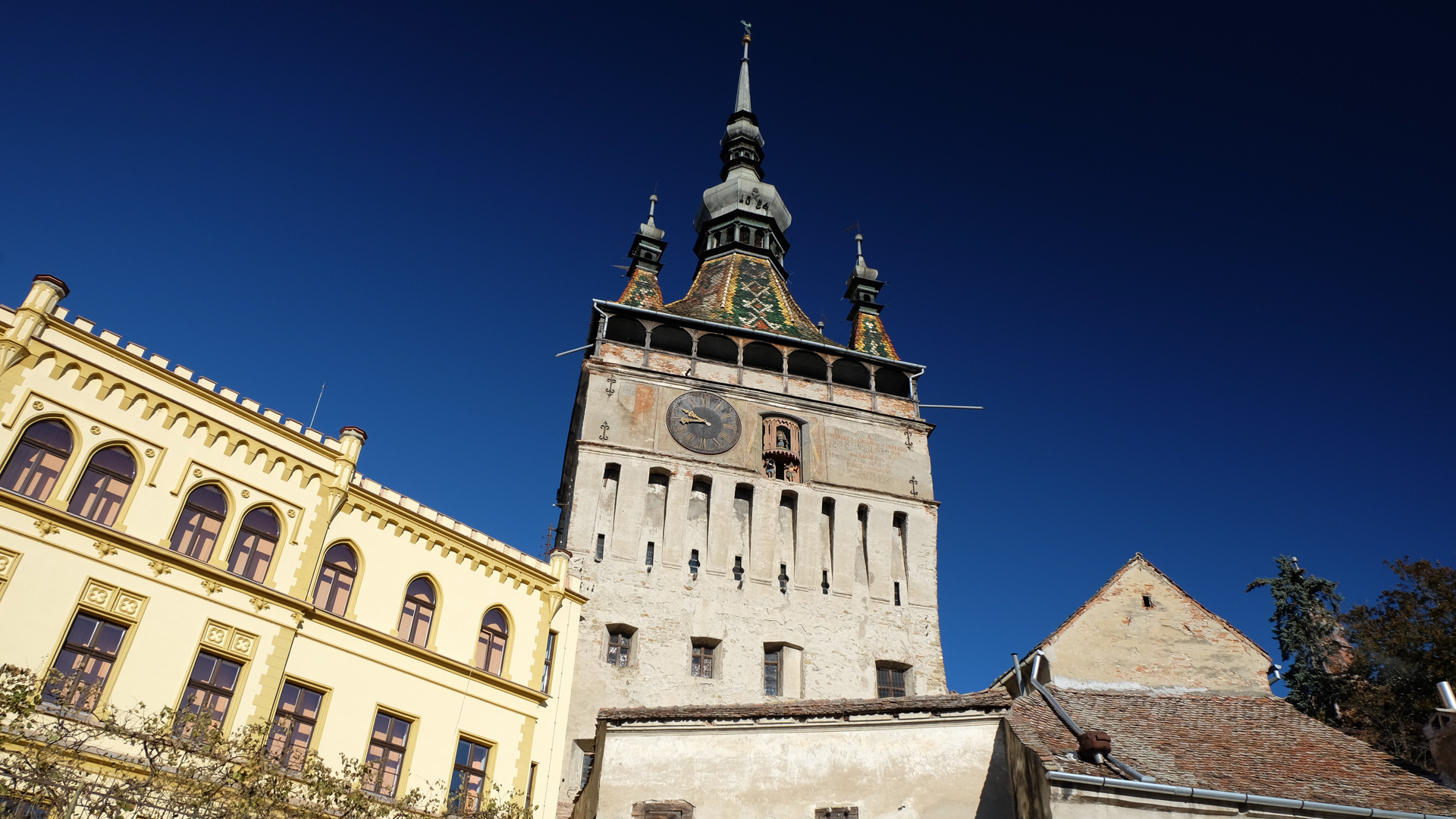
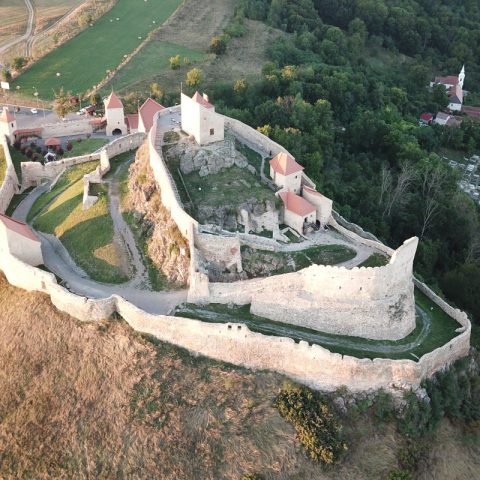
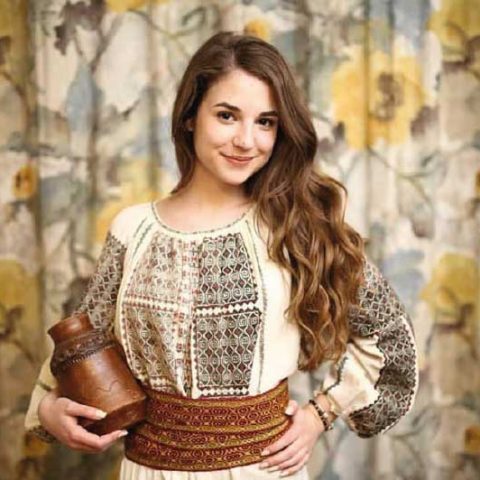
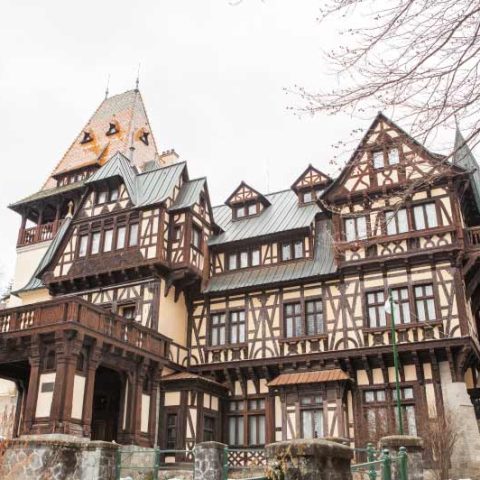





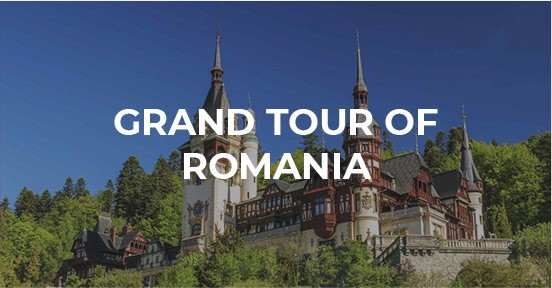
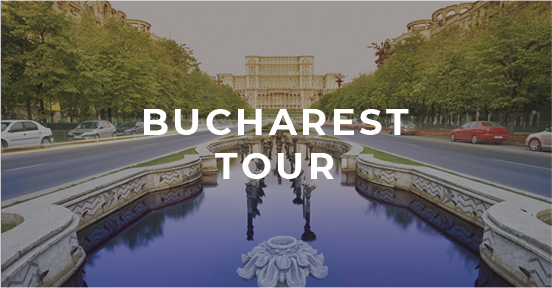




Leave a Reply